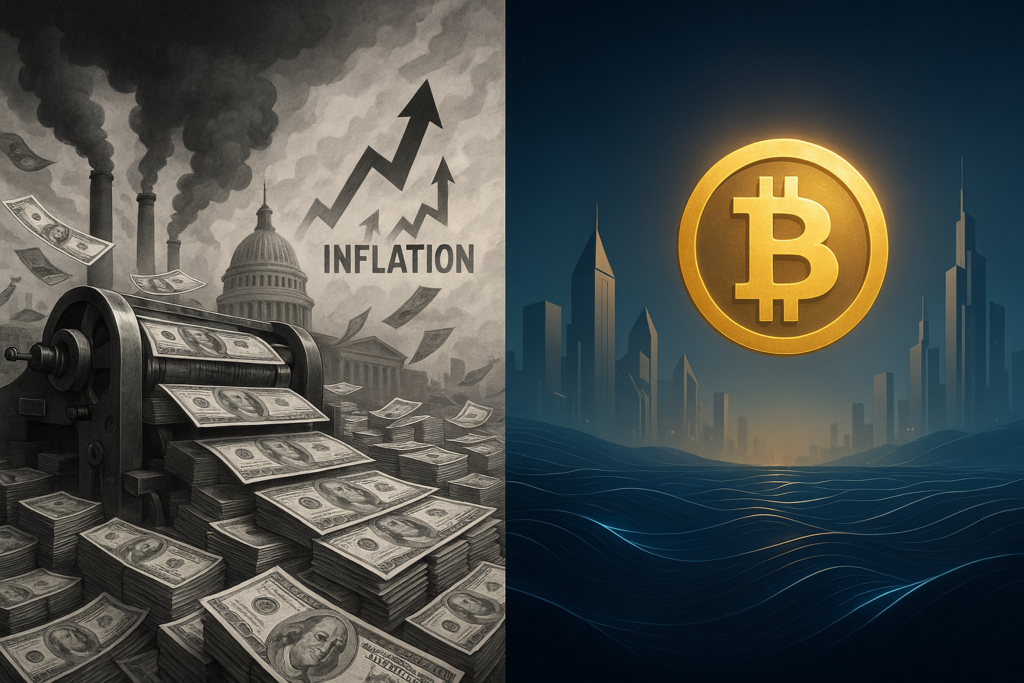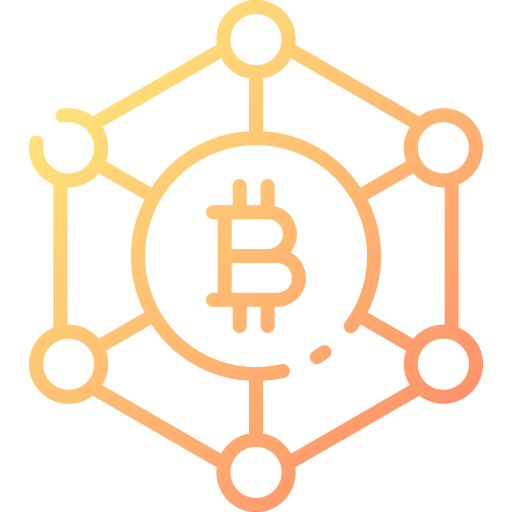What Gives Bitcoin Its Value?
Scarcity: The 21 Million Hard Cap
Bitcoin has a built-in limit: only 21 million will ever exist. Like gold, its scarcity makes it valuable. Halvings every four years reduce new supply, reinforcing this rarity. Unlike fiat money, no central authority can print more.
money printers go brrrrr!
The Gold Standard?
While fiat currency has historically been tied to physical assets—the gold standard—it no longer is; its worth is now determined by supply and demand market dynamics and governmental regulation (or lack thereof).
A system that was once underpinned by tangible value is now ruled by subjective valuation, i.e., trust or lack thereof in a centralized authority.

Did you know?
The actual number of Bitcoin in circulation may be significantly smaller than the hard cap of 21 million. Millions of coins are thought to be permanently lost because they are stuck in hard drives that have been misplaced, forgotten wallets, or keys that are inaccessible. As a result, Bitcoin is even more scarce than its code suggests.
Decentralization: No One Controls It
Bitcoin isn’t managed by a central bank or government. It runs on a global, decentralized network, where transactions are verified by thousands of independent nodes. This configuration makes it resistant to censorship and inflation.
Digital Gold — and Beyond
Yes, Bitcoin is a store of value like gold, but it’s also faster, more portable, and easily divisible. Try sending an ounce of gold across the world in 10 minutes. Bitcoin does that with zero middlemen.
Code Over Promises: Bitcoin Isn’t a Company
No CEO. No boardroom. Bitcoin doesn’t promise returns; it’s just open-source software governed by rules, not rulers. Its value comes from trust in math and consensus, not marketing or political policy.
Network Effects: Adoption Drives Value
Like any network, Bitcoin becomes more useful as more people use it. Every new user strengthens its ecosystem, liquidity, and legitimacy — a flywheel effect that builds value over time.

Running a Bitcoin node is how you stop trusting and start verifying.
It gives you full control, enforces the rules, protects your privacy, and helps secure the network, all from your own device.
A Hedge Against Inflation
Fiat currencies lose value over time due to inflation. Bitcoin, with its fixed supply, offers an inflation-resistant alternative. In unstable economies, this feature can be life-changing.
Bitcoin versus fiat currency
Bitcoin holds the edge over fiat.
Let’s pause for a quick comparison. Think of fiat currency like a piece of paper in your wallet, your pocket, or sitting in a bank account. Central banks can print more of it at will, which leads to inflation and gradually reduces your purchasing power.
Bitcoin, on the other hand, has a controlled and predictable supply. No government or central authority can manipulate it to serve short-term agendas. That’s a major advantage.

Accessible to Anyone
All you need is a phone and internet. Bitcoin empowers the unbanked and those shut out of traditional finance. It’s borderless and inclusive by design.
Spending with Bitcoin: Lightning Network
Thanks to Layer Two tech like the Lightning Network, Bitcoin now works for fast, cheap daily transactions. From micro-payments to major transfers, it’s more than just savings, It’s usable money.
Long-Term Thinking: Stack Sats and HODL
You don’t need a whole Bitcoin. You can buy tiny pieces called Satoshis and stack them over time. As scarcity increases and demand grows, adopting a long-term mindset becomes essential.
This is where HODL comes in. It’s a popular term in the Bitcoin community that means “Hold On for Dear Life.” It reflects the strategy of holding Bitcoin through market volatility, focusing on long-term value rather than short-term price swings.
The Big Idea: Bitcoin Is Financial Freedom
Bitcoin challenges the status quo. It’s a tool for sovereignty, savings, and global equality — a new financial foundation not based on trust in institutions, but on truth in code.
